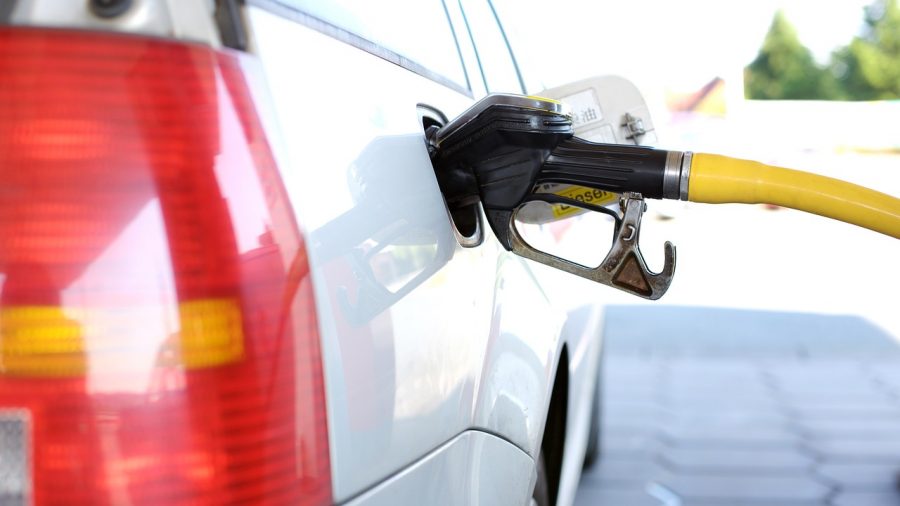Stopping to buy petrol or diesel for your vehicle is an everyday task you may not think much about. Even so, experts are predicting the demise of petroleum, vehicles that run on fossil fuels, and your local service station. One report predicts 80% of fuel retailers could be out of business within 15 years.
The dominance of petrol
The Australian Bureau of Statistics says petrol is still the dominant fuel but only just – 51.4% compared to 45.8% diesel. This is because most light commercial and heavy trucks run on diesel.
Meanwhile, the average passenger vehicle uses 10.8 litres per 100 kilometres or 1,404 litres over the average 13,000 kilometres per year. With a 50-litre tank, that’s about 28 visits to the service station. You may pick up a few other items while you are there.
Petrol prices
Petrol prices are often a talking point. Yet petrol is more affordable in Australia than any other Asia-Pacific country. According to Picodi, we can buy 3,783 litres of petrol on the average wage. Japan comes second with 2,006 litres and South Korea with 1,908 litres. Filipinos can afford only 158 litres.
In early August, prices for unleaded 91 varied from $127.90 to $165.90 across inner Sydney. Fairfield had the top three cheapest service stations, while the dearest petrol was in regional areas: White Cliffs, Ivanhoe and Cumnock.
According to Boston Consulting Group (BCG), our petrol-buying habits are going to change dramatically within 15 years.
Why your local station is doomed
The BCG has come up with four possible scenarios by 2035 and none of them looks good for your local petrol station. Its figures are based on electric vehicles, shared mobility, autonomous vehicles, hydrogen or biofuels – and mainly online shopping and delivery:
| Scenario | Future of service stations |
| 1. EVs and shared mobility make up 5-10% of transport | 25-30% of stations will close |
| 2. EVs make up 50% of cars but still limited charging infrastructure | 45-60% of stations will close |
| 3. EVs plus hydrogen, biofuels and LPG, less car ownership | 60-75% stations will close |
| 4. EVs and autonomous vehicles dominate; only quarter of vehicles are fossil fuelled | 60-80% stations will close |
While it is still early days for EVs in Australia, the assumption is they are coming. Their share of new car sales is supposed to leap from 0.34% today to 8% in 2025. Meanwhile, shared mobility is already happening – through Uber, GoGet, Car Next Door etc. This will only increase with fleets of autonomous cars, taxis and buses.
When fully autonomous vehicles hit the streets is anybody’s guess, but vehicles with some level of autonomy are inevitable. They will probably refuel themselves when empty, which means many service stations will not even be serving people.
Meanwhile, the sad state of retail on many high streets suggests online shopping is already the way it’s heading. No doubt sales of petrol, diesel, electricity, hydrogen – you name it – will go online too.


your opinion matters: